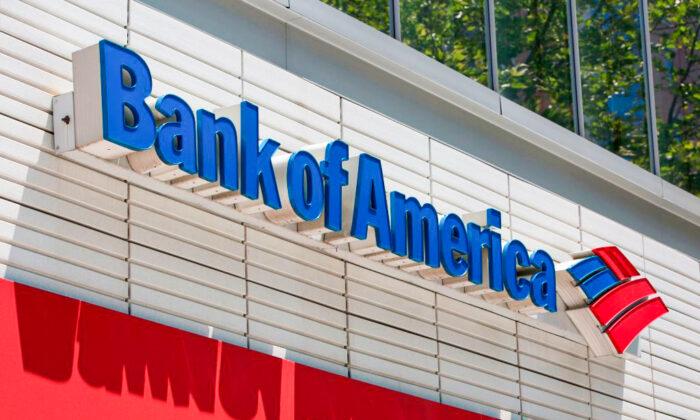The bank has become the latest financial institution to move away from the practice amid years of pressure from critics who say the fees unfairly target vulnerable communities and people living paycheck to paycheck.
Critics in government and consumer advocates have long called for overdraft fees to be eradicated.
“The most common overdraft fee industrywide is $35, which packs a punch that predominantly hits younger and lower income households,” Bankrate Chief Financial Analyst Greg McBride told The Epoch Times.
“For the small share of accountholders that generate repeated overdrafts, the wind is blowing in your direction and a broader trend of relief on overdraft fees is afoot,” continued McBride.
Many banks now are limiting their reliance on overdraft fees, as they face stiffer competition from free online services and hints of a possible crackdown by regulators.
“Over the last decade, we have made significant changes to our overdraft services and solutions, reducing clients’ reliance on overdraft, and providing resources to help clients manage their deposit accounts and overall finances responsibly,” said Holly O’Neill, president of retail banking at Bank of America.
The policy changes will reduce overdraft revenues by 97 percent from where they were in 2009, according to Bank of America.
Bank of America, Wells Fargo, and JPMorgan Chase accounted for 44 percent of the total.
“The announcement by Bank of America of forthcoming changes to their non-sufficient funds and overdraft fee policies is the latest, and most significant, move by the banking industry in an area that has been under intense scrutiny by regulators and lawmakers alike,” said McBride.
“This will ratchet the pressure up on other large national and regional banks to take similar steps. And you can bet this topic will come up on quarterly bank earnings calls,” he added.
“Reducing the overdraft fee from $35 to $10 blazes a trail for other banks to follow. Don’t be surprised if this unleashes a parade of similar announcements in the weeks ahead,” concluded McBride.
Last month, Capital One announced that it would become the first large financial institution to completely scrap overdraft fees, after joining some smaller banks like Ally Bank that have moved away from the practice.
JPMorgan Chase said it would ease its overdraft practicing and give customers more leeway to go negative in their accounts before fees would be charged.
Major regional banks like PNC, Santander, and Capital One have followed up by effectively eliminating overdraft fees.
BOA said that it had been gradually reducing its dependence on overdraft fee practices for over a decade.
This included its reduction of overdraft fees tied to debit card purchases in 2010 and the introduction of an optional no-fee checking account in 2014 called SafeBalance.
Built-in services and alerts were designed and installed to help customers track their balances and avoid running out of money.
Also as of May, BOA will no longer allow customers to overdraft their accounts at the ATM.It will eliminate a $12 fee that it charged customers when the bank automatically moves money from one account to another to avoid an overdraft, such as moving assets from a long-term savings account into the customer’s primary checking.
Bank of America will report its fourth-quarter 2022 results on Jan. 19.






